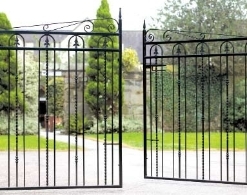After two decades of manufacturing and supplying metal gates across the UK, certain patterns become predictable. September arrives, and the first wave of maintenance calls begins. By October, those calls shift from "quick question" to "urgent repair needed." By November, it's full replacement consultations.
The difference between these scenarios usually comes down to one thing: autumn preparation.
A customer from our Lancashire region contacted us last week. His driveway gates had seized completely after the first cold night. Investigation revealed three years of deferred maintenance on the hinge mechanisms. What should have been a fifteen-minute lubrication job had become a complete hinge replacement.
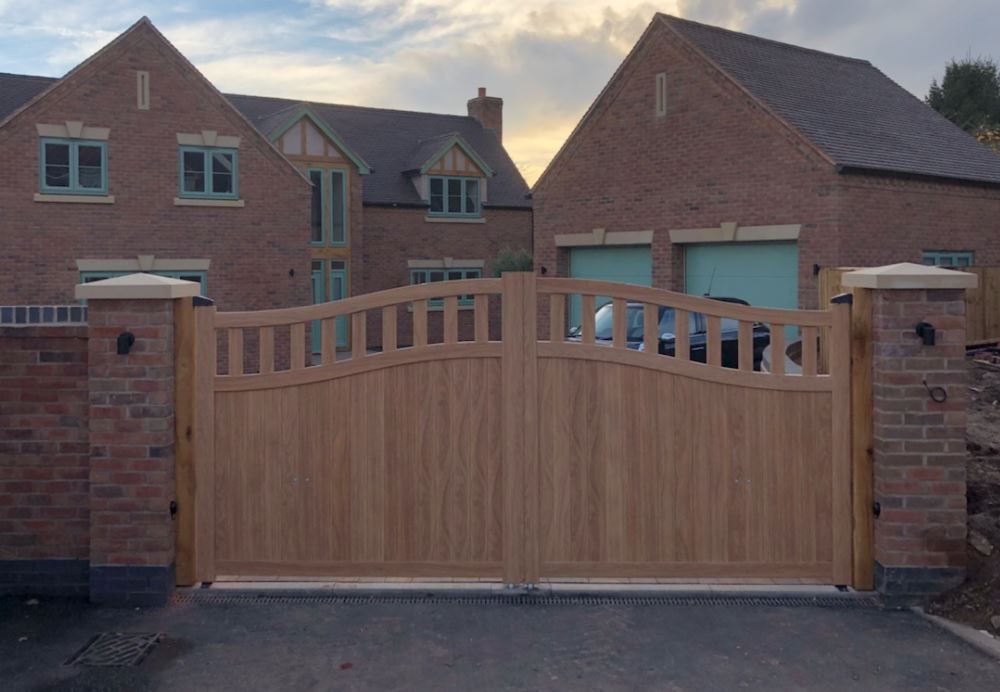
Understanding summer's impact on gate systems
Extended use during warmer months creates specific challenges for metal gate systems. Higher activity levels, increased debris accumulation, and thermal expansion cycles affect different components in measurable ways.
Steel components expand and contract throughout summer temperature cycles. This movement can gradually loosen fastening systems, particularly in double gate installations where operational stresses are higher. A client near Manchester discovered this when his Regent-style double gates developed a noticeable sag by late summer. The issue traced back to post-mounting bolts that had worked loose over several months of thermal cycling.
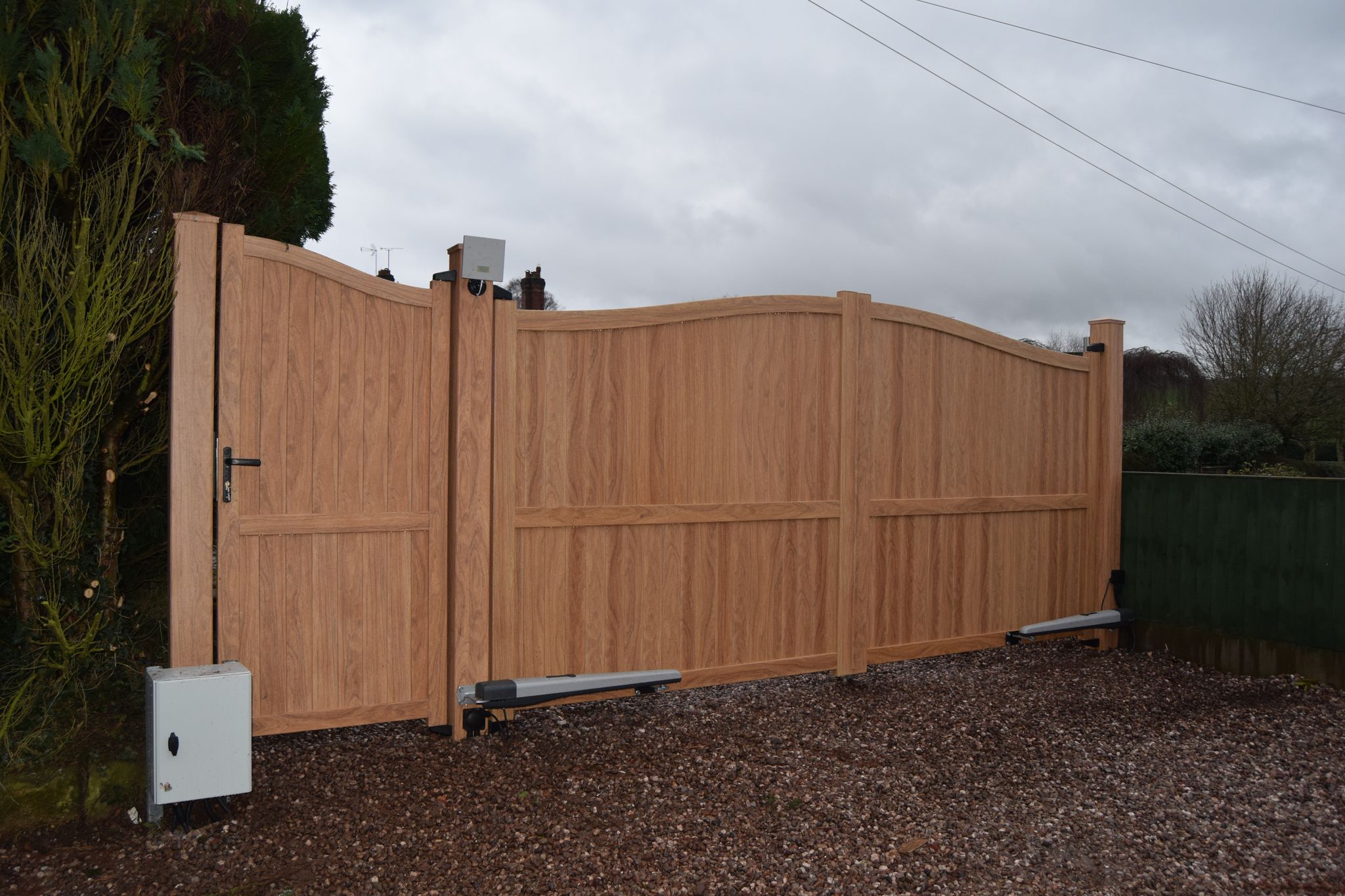
Systematic maintenance approach
Component cleaning begins with removing accumulated debris using standard washing techniques. Organic matter and atmospheric pollutants form corrosive compounds when combined with moisture, accelerating deterioration of protective coatings.
Structural inspection identifies developing problems before they become operational failures. Post stability, frame alignment, and fastener integrity require regular assessment. Galvanized steel components typically show surface corrosion at coating weak points before structural issues develop.
Mechanical testing ensures operational components function within design parameters. Hinge mechanisms should operate smoothly through their full range of motion. Latch systems must engage completely and release cleanly. Any deviation from smooth operation indicates developing problems.
A rural customer with estate gates experienced progressive difficulty with gate closure over several weeks. Analysis showed hinge pin wear had created sufficient play to affect latch alignment. Early intervention would have addressed this with simple component replacement rather than the complete hinge system overhaul that became necessary.
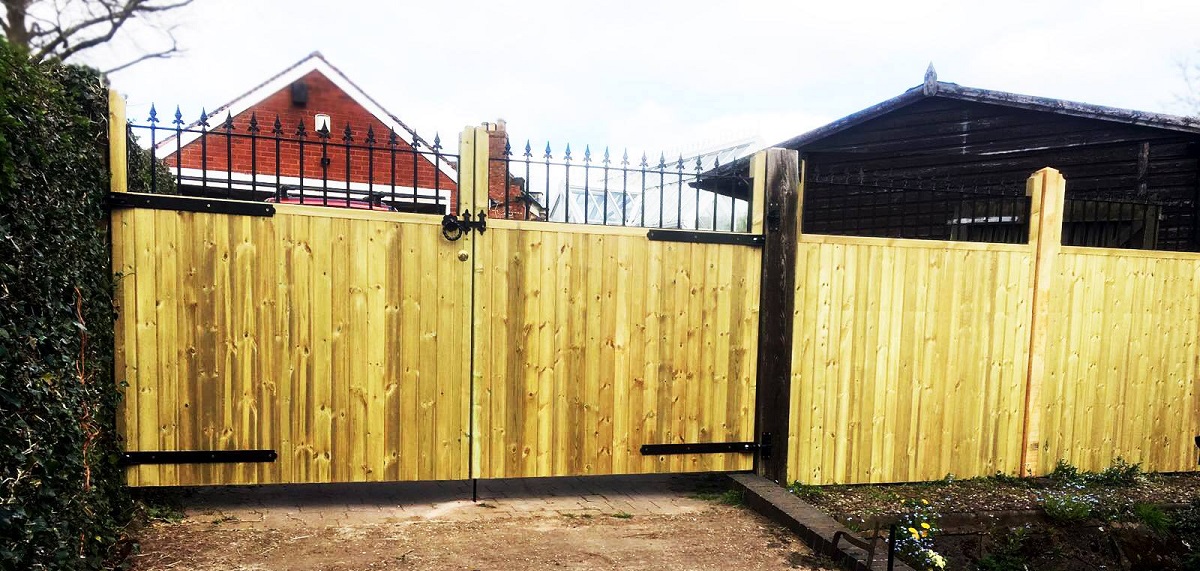
Lubrication protocols for optimal performance
Marine-grade grease provides superior protection for hinge mechanisms exposed to weather conditions. Standard penetrating oils lack the viscosity and longevity required for seasonal protection. Application should focus on bearing surfaces and pivot points where metal-to-metal contact occurs.
Lock cylinder maintenance requires graphite-based lubricants rather than petroleum products. Oil-based lubricants attract contaminants that compromise lock operation during cold weather periods.
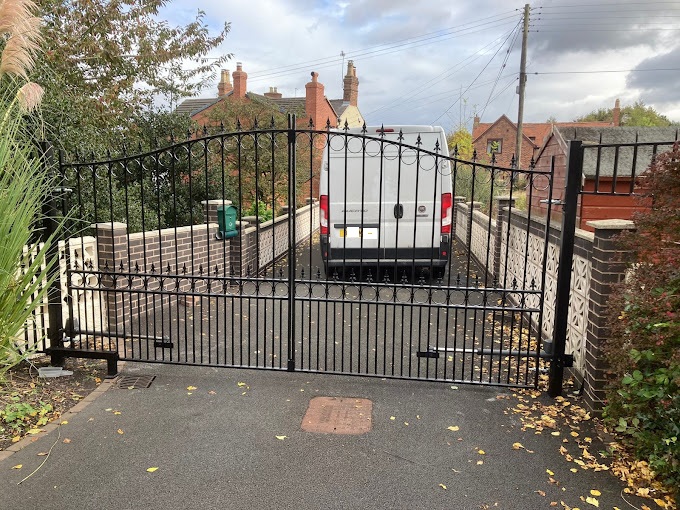
Identifying replacement indicators
Maintenance effectiveness has limits. Certain conditions indicate that repair costs exceed replacement value.
Structural steel corrosion that penetrates beyond surface oxidation typically requires component replacement. Post degradation at ground level, frame distortion beyond adjustment parameters, and hinge mechanism failure all indicate end-of-service conditions.
Recently evaluated a fifteen-year installation where multiple component failures had accumulated. Post corrosion, frame sagging, and coating failure represented repair costs approaching 70% of replacement value. Economic analysis clearly favored new installation.
Weather preparation considerations
British climate conditions create specific challenges for gate systems during autumn and winter periods.
Drainage management around post installations prevents water accumulation that leads to frost damage. Organic debris creates blockages that trap moisture against metal components. Systematic removal prevents freeze-thaw cycles that can damage concrete foundations.
Wind loading becomes critical for properties in exposed locations. Gates dimensioned appropriately for summer conditions may experience stress levels beyond design parameters during winter storm conditions. A client in an exposed rural location experienced gate failure during high winds because the single-leaf configuration could not handle the wind loading that double gates would have managed effectively.
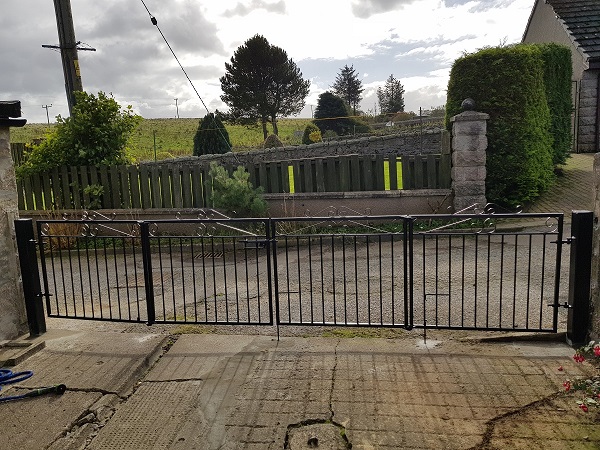
Professional assessment value
Proper gate maintenance ensures reliable operation through demanding winter conditions. Systems that receive appropriate care continue providing security and convenience when weather conditions make gate failures particularly problematic.
Professional consultation during autumn allows time for proper planning whether maintenance or replacement proves most appropriate for specific installations.
Professional gate assessment, replacement components, and installation services available throughout the UK. Our manufacturing and supply experience ensures optimal solutions for residential and commercial applications.


